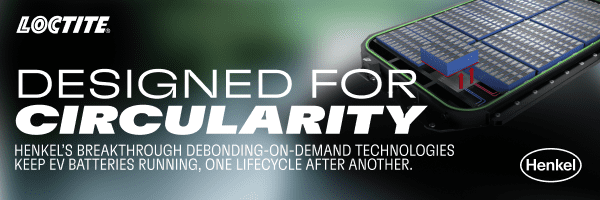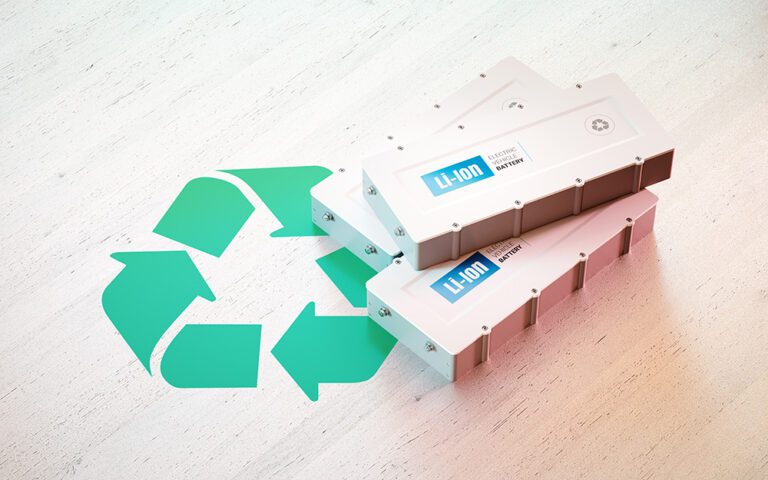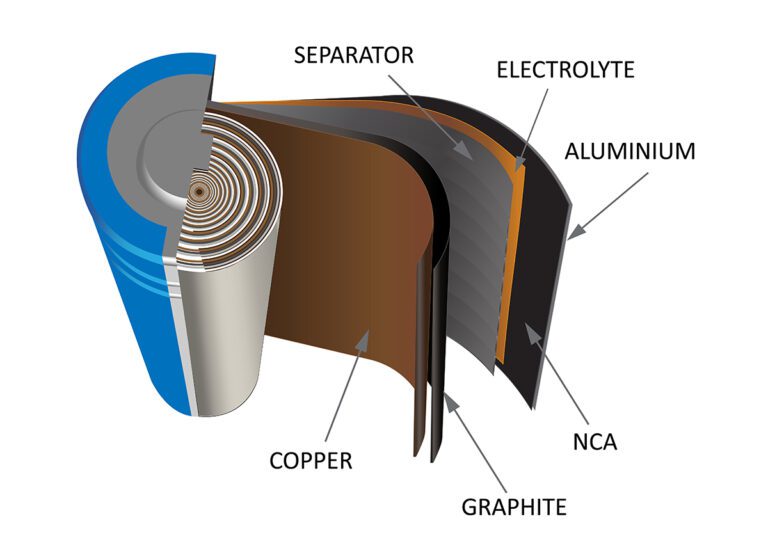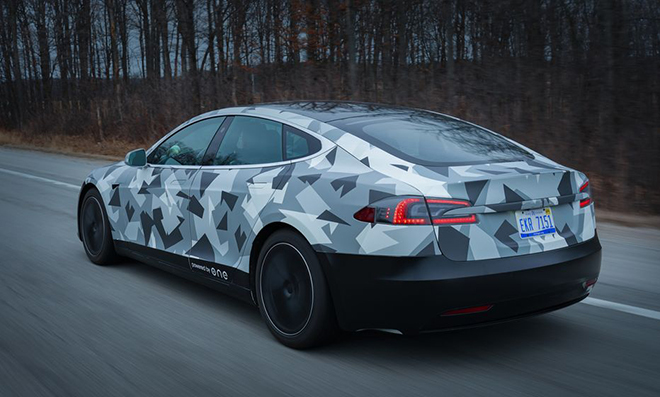Three major players in the heavy-duty vehicle field are partnering to accelerate and localize battery cell production in the United States. Accelera by Cummins (the zero-emissions business unit of engine manufacturer Cummins, Daimler Trucks and Buses and PACCAR are forming a joint venture to manufacture battery cells for commercial EVs and industrial applications. Each of… Read more »
Search Results Found For: "Lithium Iron Phosphate"
The economics of recycling LFP batteries are not as attractive as NCM—an opportunity for second-life applications?
The anti-EV crowd is fond of stating that EV batteries “can’t be recycled.” If they read Charged on a regular basis, they would learn that EV batteries are in fact being recycled around the world by a growing number of companies. Lithium-ion batteries contain valuable minerals such as nickel and cobalt, so they’re no more… Read more »
DOE proposes $850-million loan to KORE Power for Arizona battery plant
The DOE’s Loan Programs Office has announced a conditional commitment for an $850-million loan to finance construction of KOREPlex, a new production facility that US battery manufacturer KORE Power plans to build in Buckeye, Arizona. Final issue of the loan is several steps away, and is dependent on certain milestones being reached. The plant, part… Read more »
Gotion High-Tech’s Astroinno battery claims 1,000 km range without NCM
Chinese battery manufacturer Gotion High-Tech has introduced its lithium manganese iron phosphate (LMFP) based Astroinno L600 battery cell and pack, which it plans to start mass producing in 2024. Manganese-doped LMFP Astroinno batteries offer a 1,000 km range, over 1,800 cycles of 18-minute fast charging and 190 Wh/kg specific energy, according to the company. Gotion… Read more »
A closer look at graphite—its forms, functions and future in EV batteries
Q&A with Graphex CEO John DeMaio Reading the EV press, you might assume that lithium, cobalt and nickel are the stars of the battery show—they get a lot of coverage, as pundits debate the relative merits of NMC and LFP cathode chemistries and agonize over looming shortages. Meanwhile, over in the anode, there’s an unsung… Read more »
The EV raw materials crunch: How bad, how long, how to solve it?
This article originally appeared in Issue 60: April-June 2022 Subscribe now Every new technology must overcome a series of temporary constraints on its way to widespread adoption. Since modern EVs appeared a decade ago, they’ve motored past many of these bottlenecks, (or hurdles, or roadblocks—pick your preferred metaphor). Range has increased, access to charging infrastructure has expanded,… Read more »
ONE’s hybrid battery pack combines the best aspects of two chemistries to deliver 600 miles of EV range
Q&A with ONE CTO Dr. Steven Kaye. There is a wide range of characteristics that describe the performance of any given battery chemistry: energy density, specific energy, specific power, discharge efficiency, self-discharge rate, cycle life, calendar life, and—not the least important—cost. Some types of Li-ion chemistries are really good in a few characteristics but fall… Read more »
Rivian working on 800-volt architecture, bidirectional charging, in-house drive units and battery cells
EV startup Rivian’s Q4 2021 Shareholder Letter is reminiscent of the ones we used to see from a certain other Californian EV startup in its idealistic younger days—full of forward-looking technical innovations. Rivian appears to embracing several current trends on the EV scene—going bidirectional and moving towards 800 volts, LFP cells and more in-house production… Read more »
Our Next Energy tests 750-mile battery pack in a Tesla Model S
A two-year-old Michigan startup, Our Next Energy (ONE), has built a custom battery pack that recently propelled a modified Tesla Model S for 752 miles. John Voelcker, writing in Car and Driver, reports that ONE retrofitted the car with a pack that stores twice the energy of Tesla’s original, and fits in exactly the same… Read more »
Paraclete Energy says its low-cost silicon nanoparticles can at least double your current anode capacity
Silicon has a theoretical charge capacity ten times higher than typical graphite. That is why a mind-blowing number of researchers are working towards replacing more and more of the graphite used in today’s lithium-ion battery anodes with silicon. In the last issue of Charged, we discussed Tesla’s announcement that it had begun to use small… Read more »















